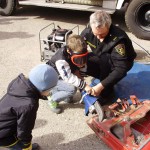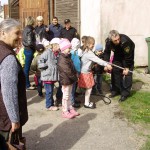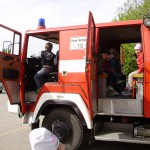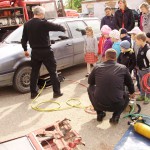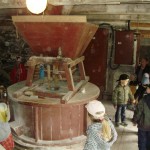Nagļu children's excursion to Varakleans
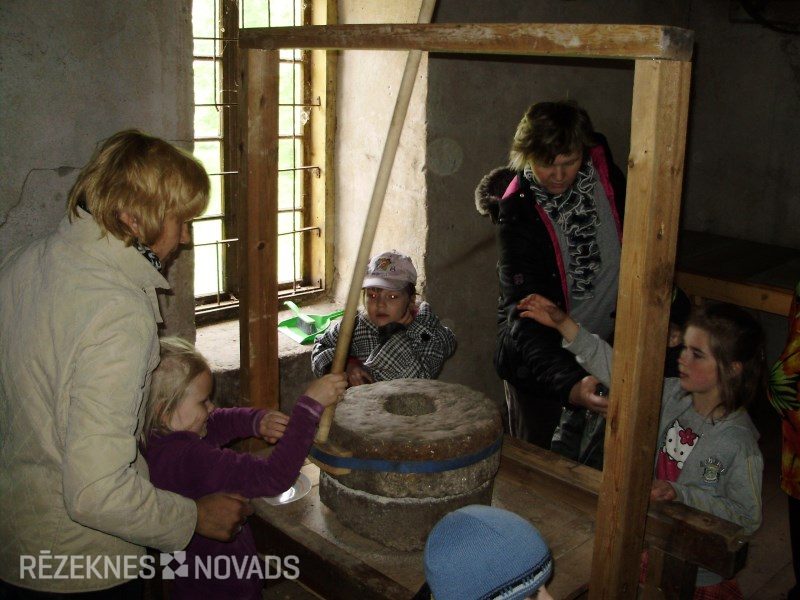
THE children and teachers of THE Nagļu pre-school educational institution went in a small but interesting excursion to the neighborhood of the neighborhood -- Varakalans.
At first we visited the National Fire and Rescue Service Varakalans. When we came to the depot, we saw that the fire-fighting cars were already parked in the courtyard, as well as the equipment, and one of the firefighters, Aldis Zvejsalnieks, was interesting about his hard-to-do work. He did not hide that the firefighter's work was linked to physical effort, courage, high sense of responsibility, often linked to dangers which could also endanger the lives of firefighters themselves. Firefighters have to do different kinds of operations, not just to go to places where a fire has risen, but also to road accidents, they call them even if a kitten who is unable to climb from a high tree is to be saved.
The firefighters told children that their depot had three service cars going to calls, and also showed how the hydraulic scissors were working (they are used in car crashes to free people from the deformed car), airbag (with the help of which you can lift a car and release people if there is a need), Lamborjini the pump also allowed the viewing and testing of respiratory apparatus used in non-human environments (smoothed spaces, etc.). The children looked at the firefighters' dresses, helmets, boots, trucks, and the corners of the “pastor.”
From the firefighters, we went on to Charles Weutmanis's mill, where the mill was waiting for us. She invited us to go further to an ancient building in which the mill was located. The housewife told us that the mill was started in 1783, with the Palace of Varakalans, to which they originally belonged. Around 1920, he bought Carl Weitman, an active member of the Varakalans business family, and his grandfather's brother-in-law. Mills reconstructed (and also grafted):
• around 1912. the giant - around 8 m in diameter - the subflow water wheel is replaced by a very modern turbine;
• around 1925 - installed diesel engine powered by a gas generated by a peat gas generator (1944 German Army, bleed);
• around 1932. installed valve and shear equipment (after the war moved to the Rēzekne bread combate where it was up to 60 s);
• After the war, the mill has been cut mainly by the diesel engine, as the small Kayauk river was unable to give enough water.
• a 55 kW electric motor is installed around 1960, cleaning the ponds, damaged locks and no longer restored, the wool processing shop built next to the mills;
• shop, mill buildings in one wing furnished apartments;
• around 1980, the operation of the mills has been interrupted, they are preserved;
• The 1993 mill recovers Karl Weitman's niece Anna, her husband Osvald Geck (at the age of 80!) is going to revive them and the grains grown in the next autumn.
The mill is still ground through the grain of the breeders in the vicinity of the mayor, and the hinges of grows, groats and bearings are working. The mill surroundings and indoors are currently being cleaned, a small reference (“bebra”) trail and a recreational area - a small park with large oak trees. We had taken a half-bag of barley grain. The housekeeper showed them how the mills were working, because to ground this small quantity of grain it was necessary to operate equipment that growled with a large noise and turned so that the floor was even shaking beneath the children's feet. The children, with great delight, felt the velvet, soft and furry flours, and even the tongues of their tongue. It was nothing that white, clothes, shoes, because the flour-making process was interesting. Later, the housekeeper allowed the strongest children to try hand-to-hand mills, where the grain drifted in such a way that the mill stones had to be cut by hand, and only then could be seen as a flour from the side cracks. The housewife, Anne, told her that the coarse meal could be cooked by a bunch of thicket and cept troops.
We were tired, but happy about the new and bright impressions.
Lily Cheire
Nagļu pre-school educational institution teacher
